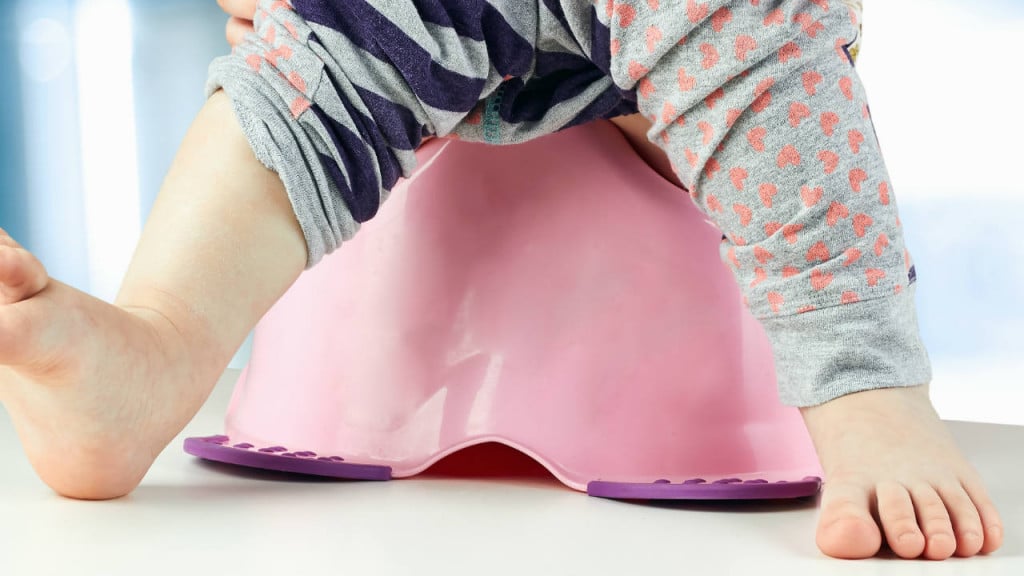Photo: iStockphoto
When Sandra Williams’* son was born, she and her husband both immediately noticed something looked different about his penis. “When I saw him pee, it was coming out from a different spot than it was supposed to,” says Williams, noting the urethra opening seemed to be at the bottom of the head, rather than tip of his penis. It also looked crooked and she noticed that his foreskin was incomplete. When she asked for her baby to be circumcised while they were still in hospital, her doctor told her he wanted a second opinion before performing the procedure and referred her to a paediatric urologist. Her son was diagnosed with hypospadias.
What is hypospadias?
Hypospadias is a surprisingly common birth defect in which the opening of the urethra doesn’t form at the tip of the penis, explains John-Paul Capolicchio, the division director of paediatric urology at Montreal Children’s Hospital.
The condition occurs in about one in every 250 boys, according to the Canadian Urological Association. “It’s not something that most neighbours and friends talk about,” says Capolicchio. “For that reason, most families that come in will say, ‘Wow I’ve never heard about this,’ but it’s actually very common.”
Researchers aren’t sure exactly what causes hypospadias to develop during pregnancy. It often occurs by chance, but it can also be inherited.
For her part, Williams didn’t know anyone with the condition and neither she nor her husband had ever heard of it. Their older son doesn’t have it, and they don’t know of any relatives with the condition.
How is hypospadias diagnosed?
Hypospadias is diagnosed by a physical examination after a baby is born. Some mild cases may not be apparent right away (and a parent later flags it) but the majority of hypospadias is very obvious, says Capolicchio. Then, most children would be referred to a paediatric urologist. (Babies with hypospadias should not be circumcised as they will likely need the extra skin for repairs during surgery.)
There are varying degrees of severity when it comes to the location of the urethral opening, ranging from close to the tip, along the shaft or even just in front of the anus, the most severe. Another condition commonly associated with hypospadias is chordee, when the penis is curved downward, which also has varying degrees of severity from a mild curvature to a more extreme bend. Many males born with hypospadias also have incomplete foreskin, says Capolicchio.
What are the side effects of hypospadias and chordee?
When not repaired, hypospadias can cause life-long issues, which depend on the severity. In mild cases, an abnormal appearance is usually the most common concern, says Capolicchio, which can have longer term stigma and embarrassment. For more severe cases, the lower the urinary opening is, the more difficulties occur with the direction of the urinary stream, so kids may pee all over themselves or they may not be able to stand and urinate, he says. For cases where chordee is involved, it could cause functional issues like an inability to have intercourse later in life because the penis is just too curved, explains Capolicchio.
How can hypospadias and chordee be repaired?

Kids’ genital health: 4 common problems If the hypospadias is mild, parents may choose not to do anything to treat the condition. For more severe hypospadias, surgery is the only way to repair it. In most cases, patients can go home the day of the surgery. While surgery can happen at any age, most doctors recommend it occur between 6 and 18 months, ideally before age two. (It’s not recommended before six months because of the risk of anesthesia, and the penis is not big enough.) By doing it young, “the results are better and the experience for the family and the child is better,” says Capolicchio. The recovery for the surgery can be difficult, so parents of younger children may have an easier time managing it if their kids are less mobile. Depending on the severity of the hypospadias and chordee, two surgeries may be needed: one to straighten out the penis and, once healed, a follow-up surgery to create the urethra.
Williams spent the few months after her son’s diagnosis researching and getting consultations with multiple paediatric urologists before her son underwent surgery at 10 months old. Initially, he was diagnosed with a mild case but after a first, unsuccessful surgery, it turned out his chordee was more severe than the doctors thought. He had a second surgery at 18 months in an attempt to redo the original procedure and is due to undergo his third surgery at just over age two.
What happens after hypospadias repair?
The first week post-surgery is the most labour-intensive for parents or caregivers, involving frequent bathing, pain medication and applying antibiotic creams. Kids will often also need a catheter for up to a week. For parents, this means regular checks to ensure the tube is not blocked, bent or becomes dislodged when bathing and cleaning the child. “We tell parents to plan on having their kids home for about 10 days but then most can return to daycare,” says Capolicchio. Sandra’s son experienced painful bladder spasms while with a catheter, as well as swelling of his genital area for a few weeks. It took nearly three months before his penis looked normal again.
Are there any common complications from hypospadias and chordee repair?
Once their child is diagnosed, many parents will start researching on the Internet and find extreme cases of the condition and worst-case surgery scenarios. Don’t panic, says Capolicchio. “Twenty-five years ago, the results of hypospadias surgery were nowhere as good as they are today,” says Capolicchio. “Most cases are simple and straightforward with great results.”
But, there’s always a chance that children will require follow-up surgery. Complications can include fistulas, where urine leaks out through one of the stitches, which involves a procedure to repair it six to 12 months later. Another complication is called stenosis, where the urinary opening becomes too small and it becomes difficult for the child to urinate, says Capolicchio. There are also sometimes minor surgeries required to fix asymmetry or extra skin, but they are uncommon.
Where to find support
Many parents aren’t comfortable sharing the condition publicly both because of their child’s privacy and the stigma around it. Williams also found some healthcare professionals trivialized her concerns. “Doctors say not to worry, but nobody takes into account the emotional aspect of what those parents are going through.” Williams found other parents going through the same decisions through a Facebook group. She only wishes she had found it sooner—she is able to ask questions, get information and read other children’s journeys, which is encouraging. “You can see the light at the end of the tunnel,” she says. “You feel like you’re not the only person going through this.”
*Name has been changed
Read more:
Trouble down there: 7 common reasons for your kid’s discomfort
This is how you talk to kids about their private parts


